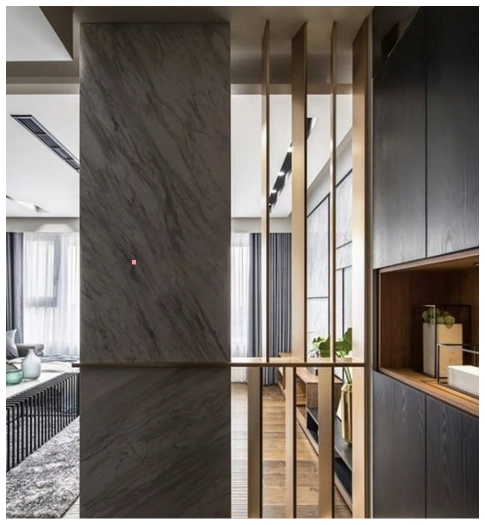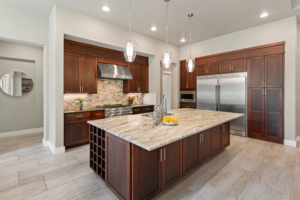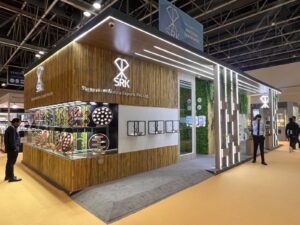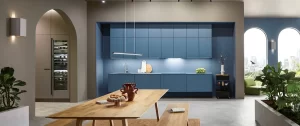How To Choose Materials For Turnkey Interiors

Turnkey interiors offer a complete package that includes design, materials, installation, and finishing work. The goal is to provide a one-stop solution for clients who want a beautifully designed and fully functional space without having to deal with multiple contractors or suppliers. Below are some key considerations and best practices to guide you through the material selection process for your turnkey interiors Dubai project.
Understand your design goals
Before getting into material selection, it’s essential to clarify your design goals. Consider the aesthetic you want to achieve—whether it’s modern, rustic, minimalist, or industrial—and the atmosphere you wish to create. Your choice of materials should align with these objectives, contributing to a cohesive look throughout the space. Establishing clear design goals will help narrow down your options and guide your decisions.
Consider functionality
Functionality is a good aspect of material selection, especially in commercial spaces. Consider the intended use of each area and the durability required. For instance, high-traffic areas such as lobbies or conference rooms may require resilient flooring materials, while office spaces might benefit from acoustic panels to reduce noise. Select materials that meet the functional demands of each space without compromising on style.
Evaluate sustainability
Sustainability is increasingly becoming a priority in interior design. When choosing materials, consider their environmental impact, including their source, manufacturing processes, and lifecycle. Look for materials that are sustainably sourced, recyclable, or made from renewable resources. Opting for low-VOC paints and finishes can also contribute to healthier indoor air quality. Incorporating sustainable materials benefits the environment and also improves your brand’s reputation.
Assess budget constraints
Material choices can significantly influence the overall budget of your turnkey project. It’s essential to evaluate the costs associated with each material, including installation and maintenance. While high-quality materials may require a larger initial investment, they often provide better durability and lower long-term costs. Strike a balance between quality and affordability by considering key areas while remaining mindful of your budget.
Sample and visualize
Once you’ve narrowed down your material options, it’s important to request samples and visualize how they will work together in your space. Many suppliers offer swatches of fabrics, finishes, and flooring options. Create a mood board or digital visualization to see how different materials complement one another. This practice can help you make informed decisions and avoid costly mistakes.




